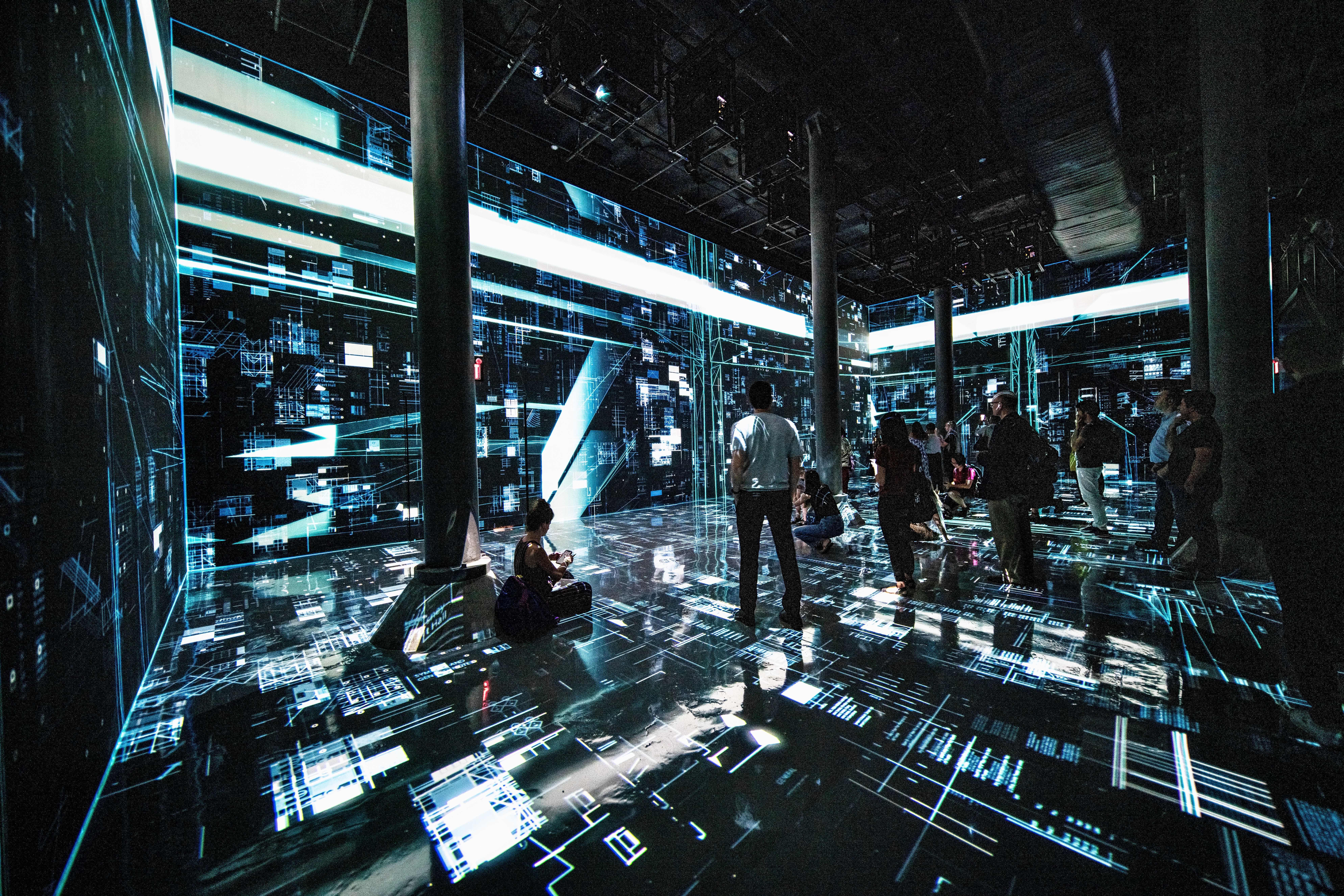Images Big and Soft: The Digital Archive Rendered Cinematic
Main Article Content
Abstract
In his recent immersive media art project titled Machine Hallucinations, artist Refik Anadol collected over 100 million images of New York City from social media and, using machine learning, created a 30-minute immersive experimental cinema experience that visualized the database. On his website, Anadol explains that computation allows “a novel form of synesthetic storytelling through its multilayered manipulation of a vast visual archive beyond the conventional limits of the camera and the existing cinematographic techniques.” With this project, Anadol demonstrates a tendency shared by a group of contemporary media artists who work at the intersection of cinema and the digital archive and who use machine learning and generative adversarial networks to render specific somatic experiences in relation to thousands of images. This essay discusses this shared focus by examining projects by three artists who use computational processes to assemble, manipulate, and then exhibit an archive of images as a part of their practice and output, translating the archival into the cinematic. The projects are significant in their evocation of what has been named by Ingrid Hoelzl the “soft-image” or “post-image,” shifting from the single image as a solid, stable representation within a collection of similarly single images, to that of the distributed, in-process experiential image. Further, each example approaches the creation of the collection with varied intentions; and each presents the material in disparate modalities that, while deeply connected to the cinematic, produce very different sensory experiences. Together, the examples offer a perspective on the archive in our current moment’s transition from representation to computation.
Article Details
Section
Feature Articles

This work is licensed under a Creative Commons Attribution 4.0 International License.
Authors who publish with this journal agree to the following terms:
- Authors retain copyright and grant the journal right of first publication with the work simultaneously licensed under a Creative Commons Attribution License that allows others to share the work with an acknowledgement of the work's authorship and initial publication in this journal.
- Authors are able to enter into separate, additional contractual arrangements for the non-exclusive distribution of the journal's published version of the work (e.g., post it to an institutional repository or publish it in a book), with an acknowledgement of its initial publication in this journal.
- Authors are permitted and encouraged to post their work online (e.g., in institutional repositories or on their website) prior to and during the submission process, as it can lead to productive exchanges, as well as earlier and greater citation of published work (See The Effect of Open Access).

